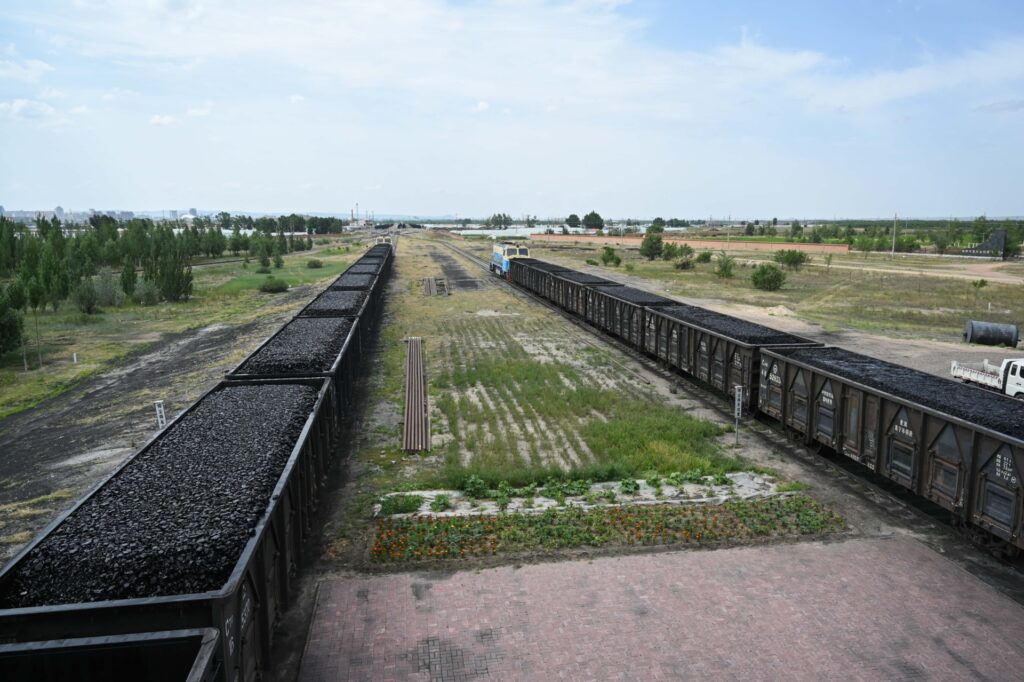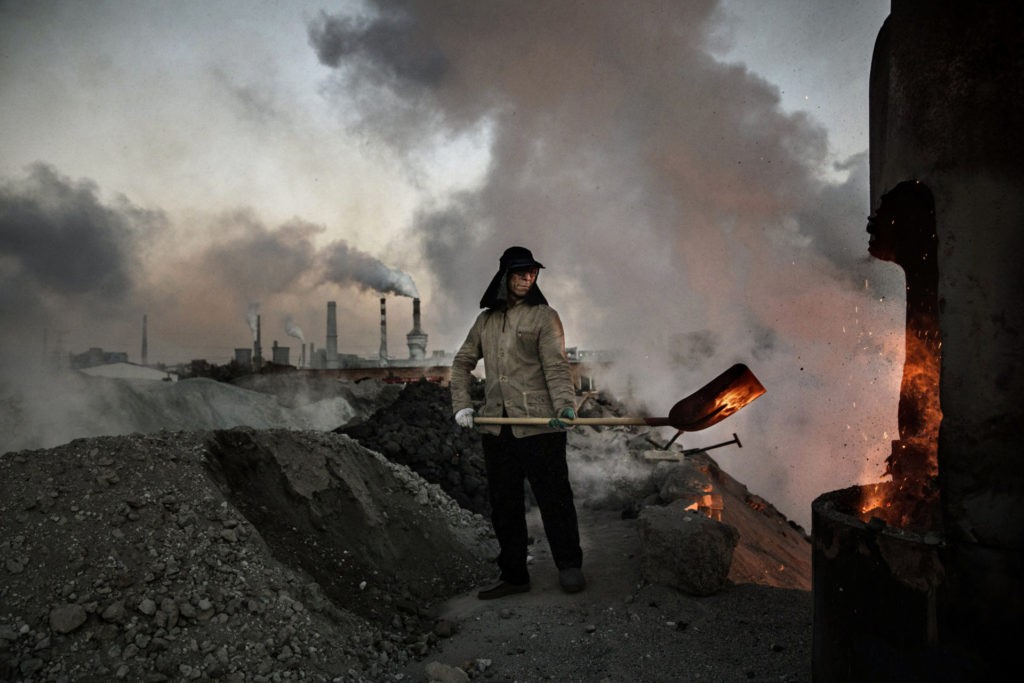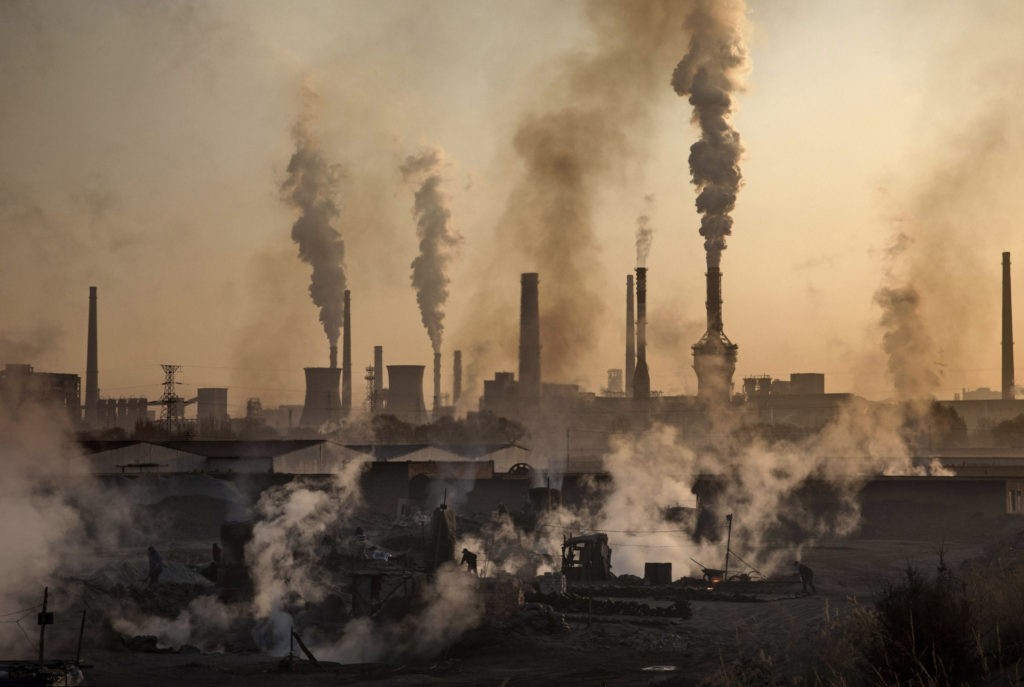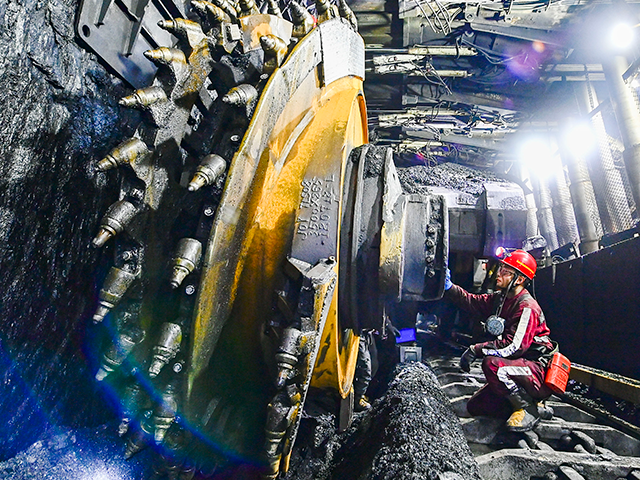While the rest of the industrialized world tells its citizens to prepare for a lower-energy, more difficult, but more “green” future, China continues to power its factories and megacities by gleefully burning gigantic amounts of coal.
On Monday, China and Mongolia announced the launch of a new 145-mile rail line that will haul coal from Mongolia’s Tavan Tolgoi field across the border to hungry Chinese factories.
China’s state-run Global Times trumpeted the railway’s capacity to carry up to 50 million tons of coal to China per year, at a greatly reduced cost of $8 per ton, compared to about $32 per ton for coal shipped by truck. Chinese officials expect the increased volume and reduced cost of shipping to yield a “significant” decrease in the cost of coal.
Even before the railway was announced, Mongolia’s coal exports to China have been increasing by over 200 percent per month.
“The Chinese and Mongolian economies are complementary and have great cooperation potential, with China owning a large market, advanced technologies and sufficient capital, while Mongolia is home to rich mineral resources,” the Global Times reported.

A train loaded with coal gallops on the xilingol grassland in Inner Mongolia, China, July 12, 2022. (CFOTO/Future Publishing via Getty Images)
The Wall Street Journal (WSJ) on Monday discussed the breathtaking scope of China’s “coal power boom,” pointing out that China is serenely ignoring climate change lectures from Western activists to build “more coal-fired capacity than the rest of the world combined.”

A Chinese laborer loads coal into a furnace as smoke and steam rises from an unauthorized steel factory on November 3, 2016 in Inner Mongolia, China. (Kevin Frayer/Getty Images)
“Under the nonbinding 2015 Paris climate agreement, China can increase its emissions until 2030. And is it ever,” the WSJ remarked drily, citing estimates of an 11-percent increase in China’s emissions since 2015, while the United States reduced emissions by six percent during the same period.

Smoke billows from a large steel plant as a Chinese labourer works at an unauthorized steel factory, foreground, on November 4, 2016 in Inner Mongolia, China (Kevin Frayer/Getty Images)
Unfortunately, much of that U.S. emissions reduction was achieved by switching from coal to natural gas, which the Biden administration is trying to kill. Meanwhile, China added 185 gigawatts of coal-fired power capacity since the Paris agreement – which is not much less than the total operational coal-fired power capacity of the United States at the beginning of 2022.
“While the Biden Administration does all it can to restrict U.S. fossil fuels, no matter the economic harm, Beijing is charging ahead with coal imports, coal mining and coal power to become the world’s leading economy. They must marvel at their good fortune in having rivals who are so self-destructive,” the WSJ said.
For its part, Mongolia’s economy is heavily dependent on coal mining, and it has been working on railway projects to facilitate greater exports to China and Russia for over a decade. Most of Mongolia’s existing railroads and highways were built decades ago by the Soviet Union, and they do not provide anywhere near the shipping capacity needed for Mongolian exports to reach their full potential.
Trucking is more expensive and dangerous for carrying heavy loads of coal and ore than rail freight, and the Wuhan coronavirus pandemic soured Mongolian exporters on trucks because so many of its border crossings with China were shut down.
Mongolia hopes to build more roads and railways to access its own remote resources, as well as improving export capacity to China and Russia. A “megaproject” to build hundreds of miles of rail to remote but resource-rich western Mongolia was authorized by the Mongolian cabinet in March.

COMMENTS
Please let us know if you're having issues with commenting.